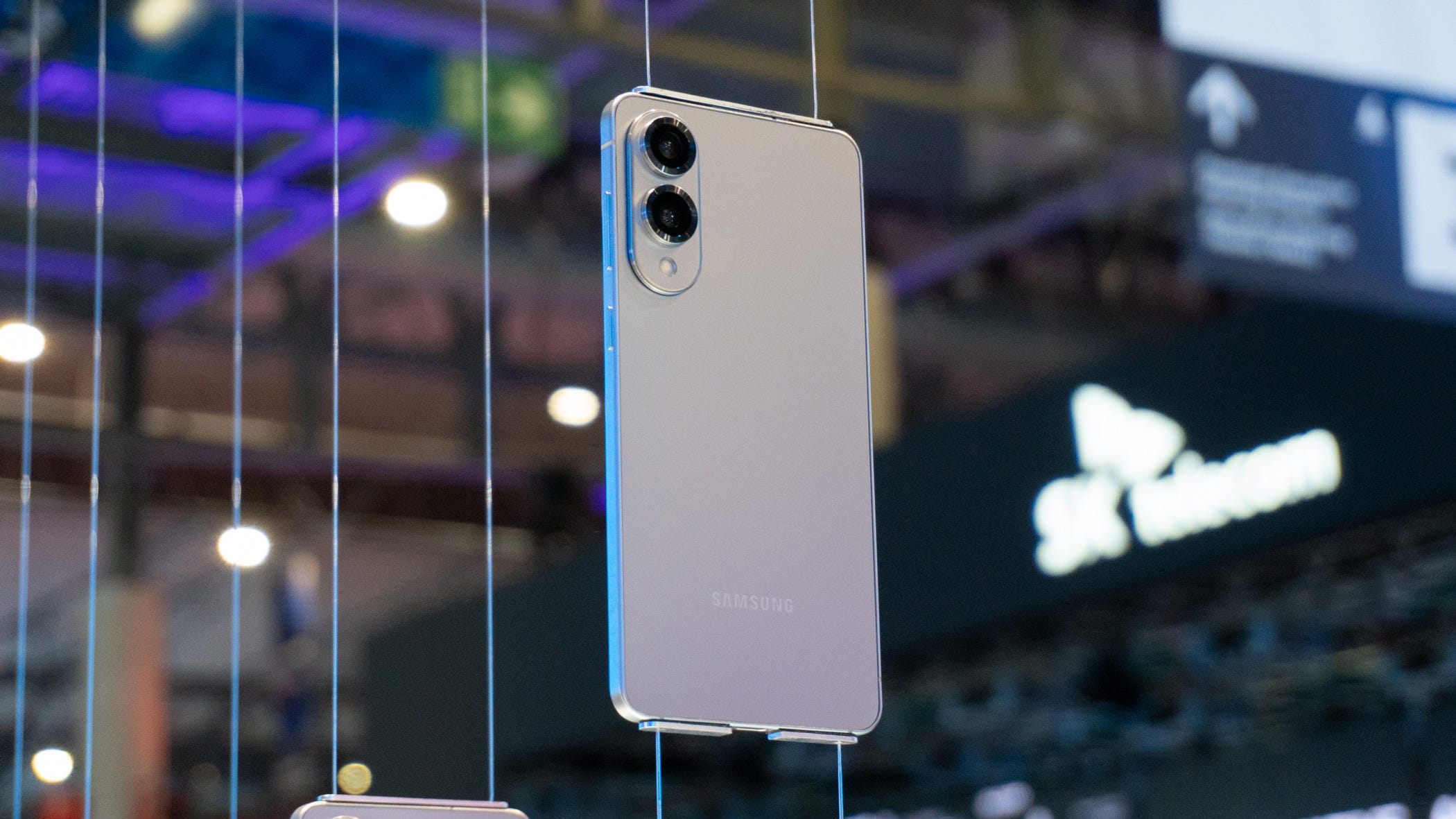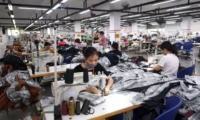Samsung’s diversified production network could prove a critical advantage as President Donald Trump’s escalating US‑China tariff war threatens to drive up costs for China‑assembled smartphones. Unlike Apple, which remains reliant on Chinese factories, Samsung manufactures the bulk of its Galaxy devices in Vietnam, India, South Korea, and Latin America, potentially shielding it from the 145% duties now levied on most Chinese imports.
Trump’s Tariff Escalation
Since early 2018, the Trump administration has imposed successive rounds of tariffs on Chinese goods, culminating in a baseline rate of 145% on select electronics and components. Although smartphones currently enjoy an exemption under reciprocal tariff rules, upcoming duties on semiconductors —the brains of mobile devices —threaten to reignite supply-chain disruptions. On April 20, Beijing warned that any country enforcing US‑led trade restrictions could face retaliation, underscoring the high stakes for global tech firms.
“Samsung isn’t facing the same ‘crazy’ tariff rates as Apple,” said Gerrit Schneemann, senior analyst at Counterpoint Research. “Their diversified footprint gives them a cushion in this tariff war.”
Samsung’s Global Production Footprint
In 2019, Samsung shuttered its last Chinese smartphone plant, shifting output to four main hubs:
- Vietnam: Counterpoint Research estimates 90% of Samsung’s phones are now produced here.
- Индия: Home to Samsung’s “world’s largest mobile factory,” opened in 2018, and accounted for nearly 30% of global output in 2024.
- South Korea: The brand’s engineering headquarters and premium device assembly remain centralised here.
- Latin America: Brazil and Mexico support regional demand and bypass US duties under trade bloc agreements.
By contrast, Wedbush Securities reports that 90% of Apple’s iPhone production remains in China, with only 10% spread across India, Vietnam, and other countries, leaving Apple’s cost base exposed to Chinese assembly tariffs if current exemptions lapse.

Apple’s Production Realignment Efforts
In response to tariff risks, Apple has incrementally shifted some iPhone assembly to Foxconn and Pegatron facilities in India. According to The Financial Times, iPhone shipments from India to the US quadrupled between 2023 and early 2025; however, supply constraints and quality-control challenges have limited a complete exodus from China.
“Apple’s shift to India is under way, but it won’t offset China risks in the near term,” said Linda Sui, senior director at TechInsights.
Semiconductor Tariffs: The Next Frontier
While smartphones currently fall under tariff exceptions, planned duties on semiconductors could affect both Samsung and Apple. As one of the world’s leading chipmakers, supplying DRAM, NAND flash, and Exynos processors, Samsung may face higher input costs, even if its finished devices are exempt from China assembly levies.
Dan Ives, managing director at Wedbush Securities, warned: “Negotiations must happen ASAP. Otherwise, this tariff war will inflict major damage on growth, spike inflation, and leave the tech sector scrambling.”
Vertical Integration Advantage
Samsung’s control over key components, from OLED displays to memory modules, provides a buffer against supplier price hikes. Ben Barringer, analyst at Quilter Cheviot, notes:
“Vertical integration allows Samsung to manage costs and timelines more effectively than companies reliant on external chip suppliers.”
Apple, by contrast, sources chips, panels and memory from third‑party vendors, which are themselves subject to China-centric tariffs and logistical disruptions.

Consumer Impact and Market Dynamics
Analysts caution that any price increases on iPhones may not lead to a significant shift in market share. Apple’s loyal base tends to absorb premium pricing. At the same time, Samsung’s diverse Galaxy lineup from flagship S and Z series to affordable A‑series models may better weather modest tariff‑driven cost hikes.
“Price-sensitive buyers at the lower end may look to Samsung’s volume drivers, but Apple enthusiasts will likely stick with their brand,” said Schneemann.
In mature markets like the US, consumers might extend device replacement cycles amid broader inflationary pressures on housing, groceries and utilities—factors that could slow overall smartphone demand.
Geopolitical and Economic Outlook
As US‑China trade tensions persist, both tech giants must navigate uncertain policy environments. China’s pledge to punish countries that heed US pressure adds complexity to supply‑chain planning. Any sudden revocation of smartphone exemptions could force rapid production realignments and reshape competitive dynamics.
“Essentials will take priority over upgrades if consumers feel the pinch,” Schneemann added.
With semiconductor tariffs looming and global growth forecasts under threat, the coming months will test Samsung’s manufacturing resilience and Apple’s ability to accelerate non‑China assembly, all while striving to keep smartphones affordable in an inflation‑hit economy.
Чтобы узнать больше деловых новостей, ознакомьтесь Бизнес-Инсайдер PGN

















